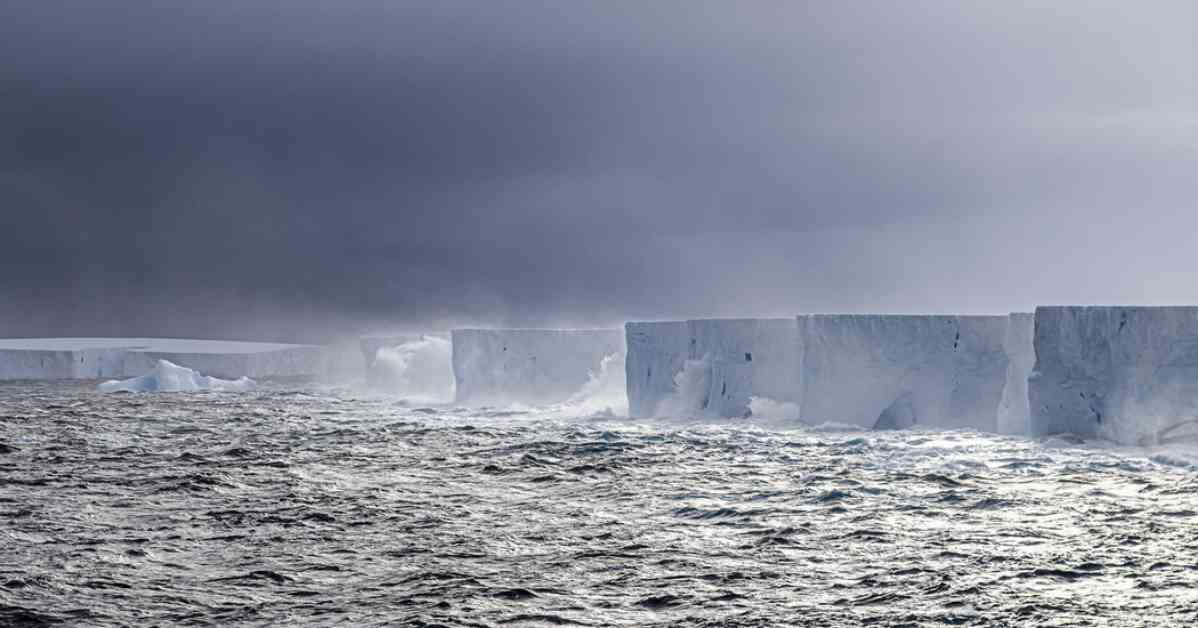A massive iceberg, known as A23a, has captured the world’s attention as it remains stuck in a spinning motion near the South Orkney Islands, about 375 miles northeast of the Antarctic Peninsula. This city-sized iceberg, which is five times the size of New York City’s land area and over 1,000 feet deep, broke loose from the Antarctic in 2020 after being stuck for over 30 years.
The iceberg is currently trapped in a vortex over an underwater mountain, causing it to rotate slowly but steadily at a rate of 15 degrees per day. This mesmerizing sight has been captured in satellite imagery by the Mapping and Geographic Information Centre, showing the iceberg spinning in place since March 22, 2024.
Physical oceanographer Alex Brearley, from the British Antarctic Survey, explained that the iceberg will continue to slowly melt as long as it remains in its current position. However, the big question remains: when will it break free from the vortex and start drifting again towards the Southern Ocean?
A23a’s journey has been full of drama since its parent iceberg, A23, calved from the Filchner Ice Shelf in 1986. A23, which was even larger than A23a, was home to a Soviet Union research center at the time of the calving, leading to the eventual abandonment of the base. A23a broke off later that year and remained stuck in the Weddell Sea for 34 years before finally breaking loose in 2020.
As scientists and researchers continue to monitor the iceberg’s spinning motion, the world watches in awe at this natural phenomenon. The uncertainty of when A23a will break free adds to the intrigue and mystery surrounding this massive block of ice. Stay tuned for updates on this captivating story of the world’s largest iceberg stuck in a spinning vortex near Antarctica.













